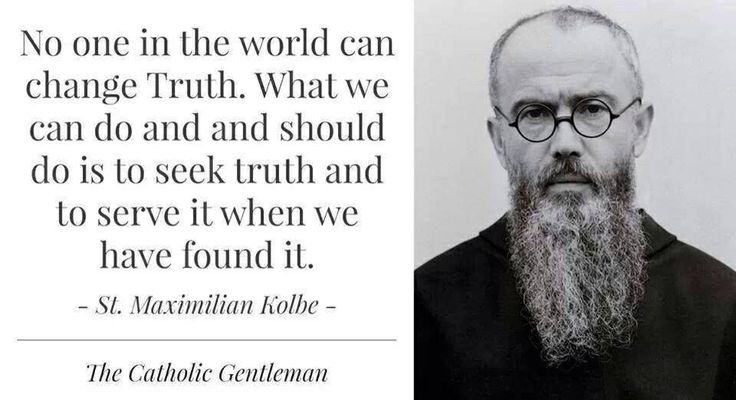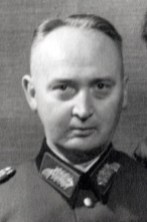
Many people think that Halloween is a festival of evil, where the aim is to scare people by dressing up in very scary costumes, or what I find more bizarre is the whole “trick or treat” notion. Everyday we tell our kids not to take sweets or candies from strangers, come 31 October we turn the world upside down and say “Go out children, fear not and go to those stranger’s houses and ask them for treats”
However that is not what Halloween is really about.
Halloween originated with the ancient Celtic festival of Samhain, when people would light bonfires and wear costumes to ward off ghosts. In the eighth century, Pope Gregory III designated November 1 as a time to honor all saints. Soon, All Saints Day incorporated some of the traditions of Samhain. The evening before was known as All Hallows Eve, and later Halloween. Over time, Halloween evolved into a day of activities like trick-or-treating, carving jack-o-lanterns, festive gatherings, donning costumes and eating treats.
Samain or Samuin was the name of the festival (feis) marking the beginning of winter in Gaelic Ireland. It is attested in the earliest Old Irish literature, which dates from the 10th century onward.
Samhain had three distinct elements. Firstly, it was an important fire festival, celebrated over the evening of 31 October and throughout the following day.
To commemorate the event, Druids built huge sacred bonfires, where the people gathered to burn crops and animals as sacrifices to the Celtic deities. During the celebration, the Celts wore costumes, typically consisting of animal heads and skins, and attempted to tell each other’s fortunes. The flames of old fires had to be extinguished and ceremonially re-lit by druids.

It was also a festival not unlike the modern New Year’s Day in that it carried the notion of casting out the old and moving into the new.
To our pagan ancestors it marked the end of the pastoral cycle – a time when all the crops would have been gathered and placed in storage for the long winter ahead and when livestock would be brought in from the fields and selected for slaughter or breeding.
But it was also, as the last day of the year, the time when the souls of the departed would return to their former homes and when potentially malevolent spirits were released from the Otherworld and were visible to mankind.
In addition to causing trouble and damaging crops, Celts thought that the presence of the otherworldly spirits made it easier for the Druids, or Celtic priests, to make predictions about the future. For a people entirely dependent on the volatile natural world, these prophecies were an important source of comfort during the long, dark winter.
The early pagan holiday of Samhain involved a lot of ritualistic ceremonies to connect to spirits, as the Celts were polytheistic. While there isn’t a lot of detail known about these celebrations, many believe the Celts celebrated in costume ,basically , they were likely as simple as animal hides, as a disguise against ghosts, enjoyed special feasts, and made lanterns by hollowing out gourds.
The Celts also set out gifts of food, hoping to win the favor of the spirits of those who had died in the past year. They also disguised themselves so the spirits of the dead wouldn’t recognize them.
By the 9th century, the influence of Christianity had spread into Celtic lands, where it gradually blended with and supplanted older Celtic rites. In 1000 A.D., the church made November 2 All Souls’ Day, a day to honor the dead. It’s widely believed today that the church was attempting to replace the Celtic festival of the dead with a related, church-sanctioned holiday. Over time, as Christianity took over and the pagan undertones of the holiday were lessened, the basic traditions of the holiday remained a part of pop culture every year; they simply evolved and modernized.
The word Halloween or Hallowe’en dates to about 1745 and is of Christian origin. The word Hallowe’en means “Saints’ evening”. It comes from a Gaelic term for All Hallows’ Eve (the evening before All Hallows’ Day).
There are several games traditionally associated with Halloween. Some of these games originated as divination rituals or ways of foretelling one’s future, especially regarding death, marriage and children. During the Middle Ages, these rituals were done by a “rare few” in rural communities as they were considered to be “deadly serious” practices. In recent centuries, these divination games have been “a common feature of the household festivities” in Ireland and Britain. They often involve apples and hazelnuts. In Celtic mythology, apples were strongly associated with the Otherworld and immortality, while hazelnuts were associated with divine wisdom. Some also suggest that they derive from Roman practices in celebration of Pomona.
The following activities were a common feature of Halloween in Ireland and Britain during the 17th–20th centuries. Some have become more widespread and continue to be popular today. One common game is apple bobbing or dunking , in which apples float in a tub or a large basin of water and the participants must use only their teeth to remove an apple from the basin. A variant of dunking involves kneeling on a chair, holding a fork between the teeth and trying to drive the fork into an apple. Another common game involves hanging up treacle or syrup-coated scones by strings; these must be eaten without using hands while they remain attached to the string, an activity that inevitably leads to a sticky face. Another once-popular game involves hanging a small wooden rod from the ceiling at head height, with a lit candle on one end and an apple hanging from the other. The rod is spun round and everyone takes turns to try to catch the apple with their teeth.

Many people were said to dress up as saints and recite songs or verses door to door. Children would also go door to door asking for “soul cakes,” a treat similar to biscuits. Technical note: Soul cakes originated as part of the All Souls’ Day holiday on November 2 , but eventually became a part of Halloween night as the concept evolved into trick-or-treating. The candy-grabbing concept also became mainstream in the U.S. in the early to mid-1900s, during which families would provide treats to children in hopes that they would be immune to any holiday pranks.

How trick-or-treating became a tradition
But how did those Celtic traditions evolve into one of children trick-or-treating in costumes for fun and candy—not for safety from spirits?
According to the fifth edition of Holiday Symbols and Customs, in as early as the 16th century, it was customary in England for those who were poor to go begging on All Souls’ Day, and children eventually took over the custom. At the time, it was popular to give children cakes with crosses on top called “soul cakes” in exchange for prayers on your behalf.
Lisa Morton, author of Trick or Treat: A History of Halloween, traced one of the earliest mentions of typical Halloween celebrations to a letter from Queen Victoria about spending Halloween around a bonfire in Scotland in 1869.
“Having made the circuit of the Castle,” the letter said, “the remainder of the torches were thrown in a pile at the south-west corner, thus forming a large bonfire, which was speedily augmented with other combustibles until it formed a burning mass of huge proportions, round which dancing was spiritedly carried on.”
Morton writes that people in the American middle class often were anxious to imitate their British cousins, which would explain a short story printed in 1870 that painted Halloween as an English holiday celebrated by children with fortune-telling and games to win treats.
However, Morton writes that it’s possible that trick-or-treating may be a more recent tradition that, surprisingly, may have been inspired by Christmas.
A popular 18th- and 19th-century Christmas custom called belsnickling in the eastern areas of the U.S. and Canada was similar to trick-or-treating: Groups of costumed participants would go from house to house to perform small tricks in exchange for food and drink. Some belsnicklers even deliberately frightened young children at houses before asking if they had been good enough to earn a treat. And other early descriptions say that those handing out treats had to guess the identities of the disguised revelers, giving food to anyone they couldn’t identify.
In the 19th century, “tricks”—such as rattling windows and tying doors shut—were often made to look as though supernatural forces had conjured them. Some people offered candy as a way to protect their homes from pranksters, who might wreak havoc by disassembling farm equipment and reassembling it on a rooftop. By the early 20th century, some property owners had even begun to fight back and lawmakers encouraged communities to keep children in check with wholesome fun.
These pranks likely gave rise to the use of the phrase “trick-or-treat.” Barry Popik, an etymologist, traced the earliest usage of the phrase in connection with Halloween to a 1927 Alberta newspaper article reporting on pranksters demanding “trick or treat” at houses.
So you see there is a lot more to Halloween then just getting dressed up, trick or treating or Jamie Lee Curtis being chased by Michael Myers.

sources
https://www.irish-genealogy-toolkit.com/origin-of-Halloween.html
https://www.countryliving.com/entertaining/a40250/heres-why-we-really-celebrate-halloween/
https://www.history.com/topics/halloween/history-of-halloween
https://en.wikipedia.org/wiki/Halloween
https://en.wikipedia.org/wiki/Samhain

Donation
I am passionate about my site and I know you all like reading my blogs. I have been doing this at no cost and will continue to do so. All I ask is for a voluntary donation of $2, however if you are not in a position to do so I can fully understand, maybe next time then. Thank you. To donate click on the credit/debit card icon of the card you will use. If you want to donate more then $2 just add a higher number in the box left from the PayPal link. Many thanks.
$2.00




































You must be logged in to post a comment.